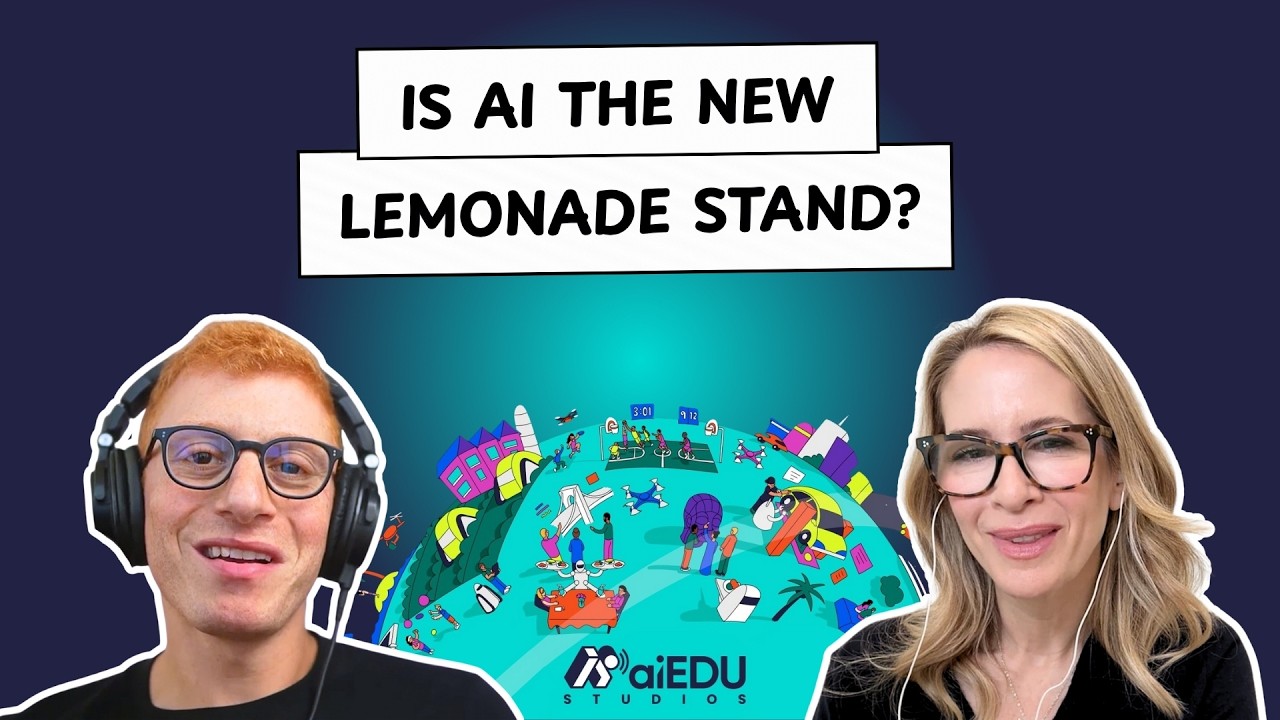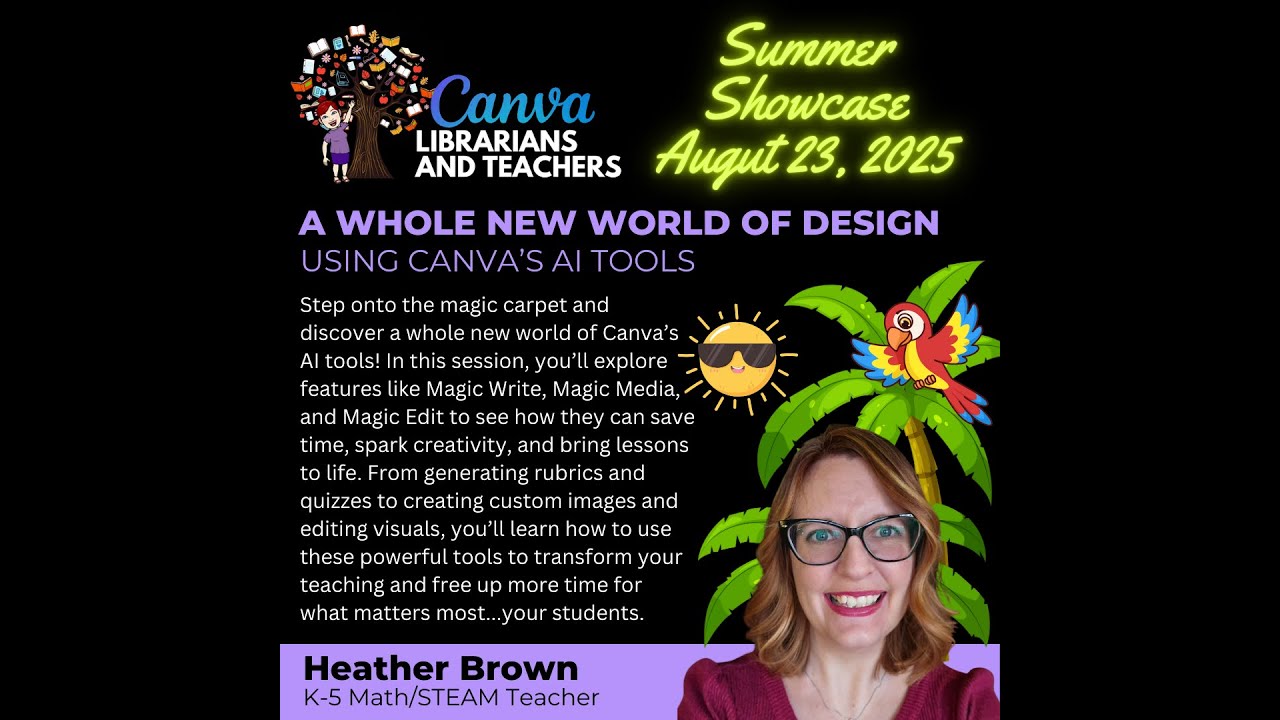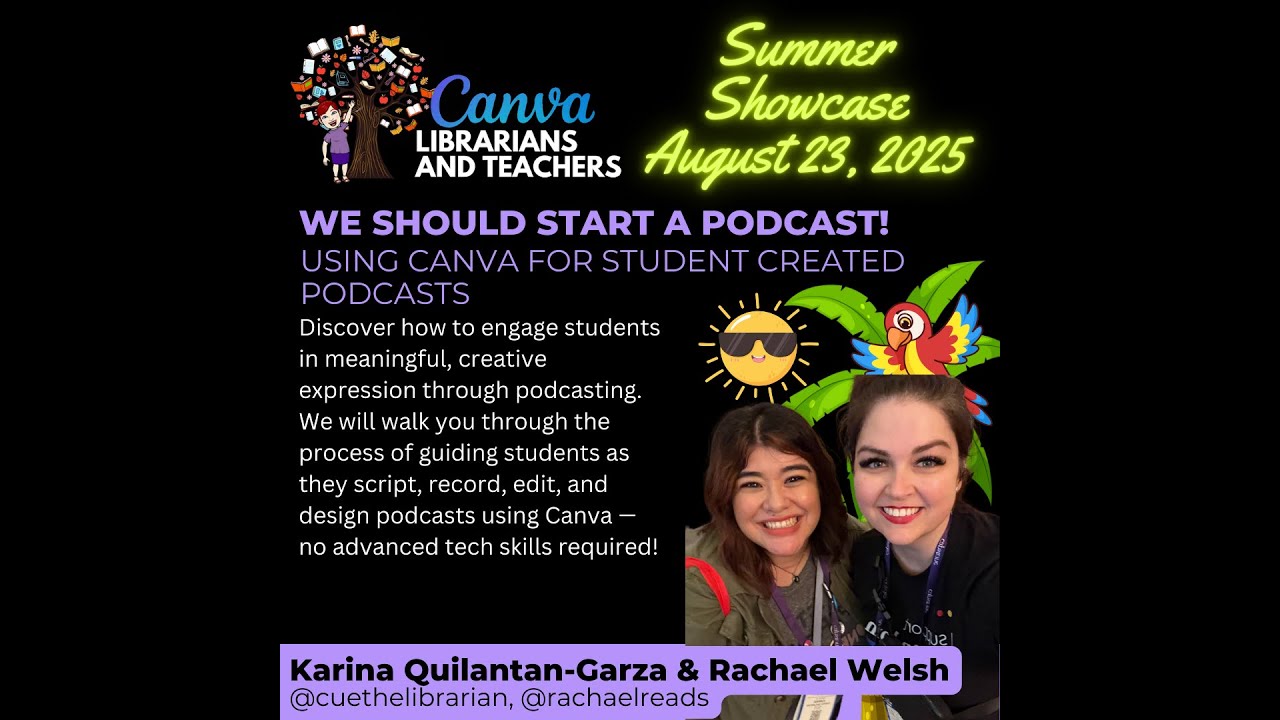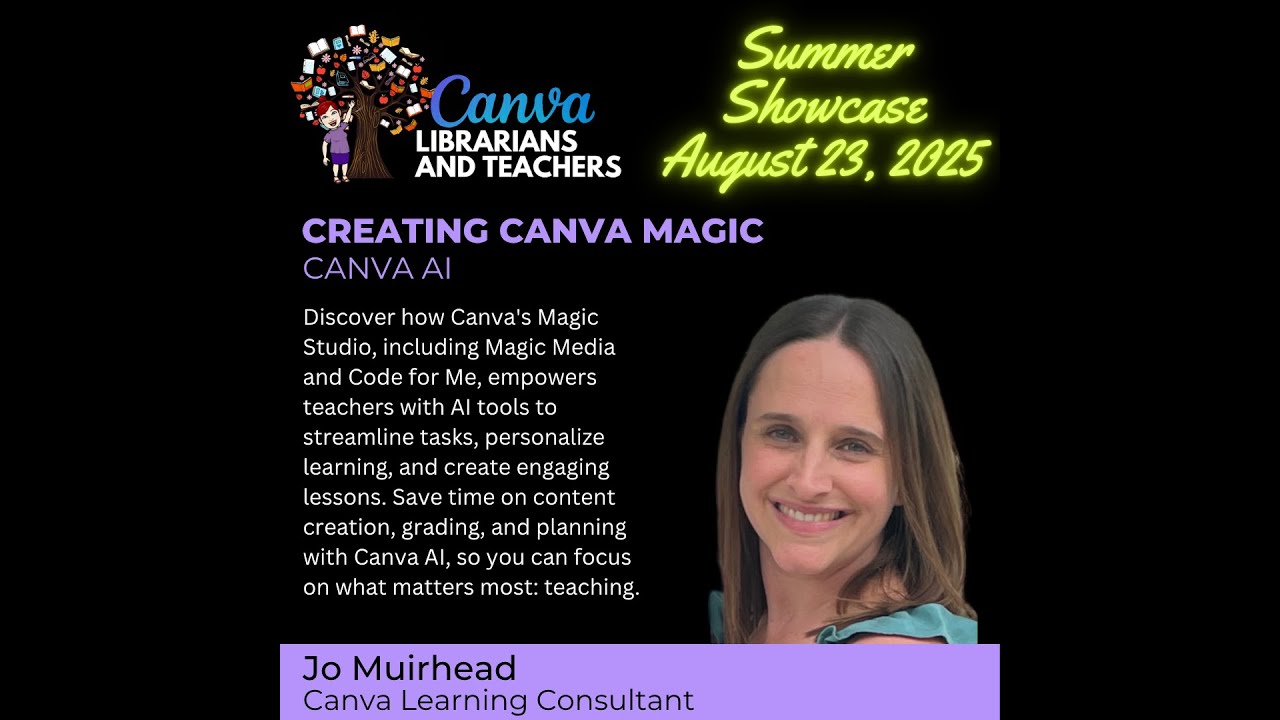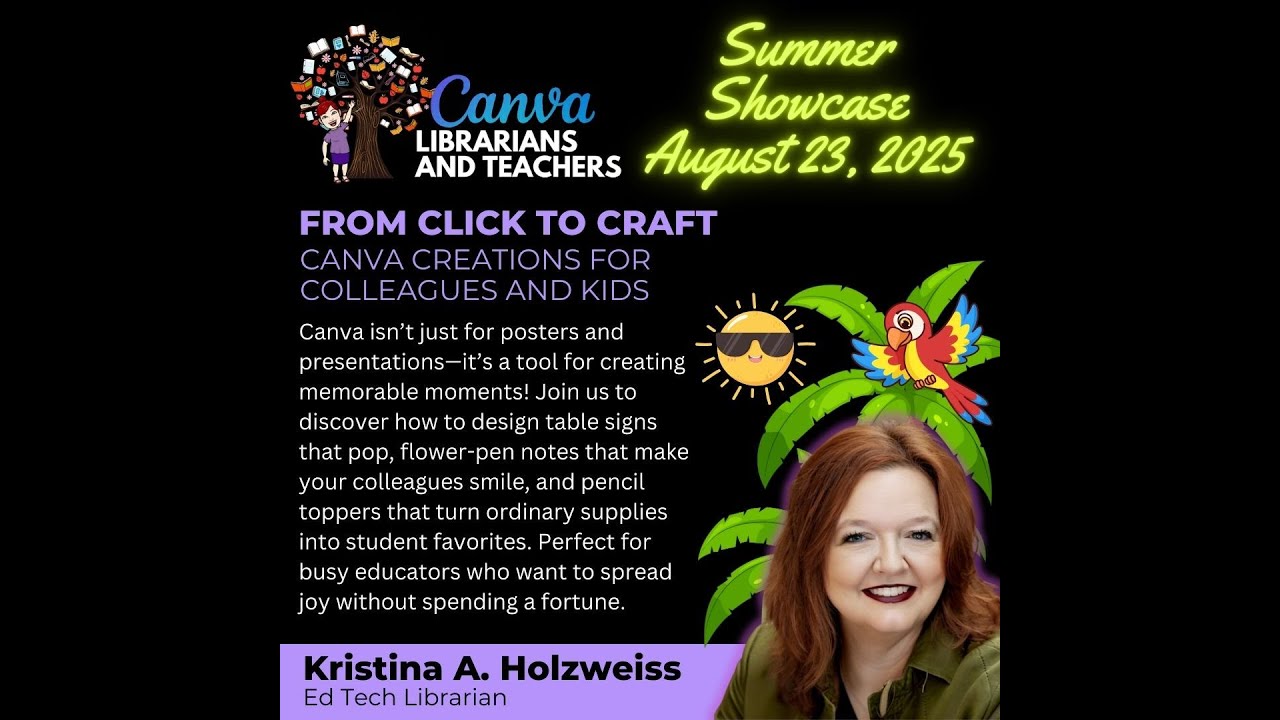
"I left teaching for 20 years and joined Canva." - How a phone call during Christmas changed my life 🎨✨
The Christmas phone call that changed my life Last Christmas, Jo Muirhead, a primary school teacher with 20 years of experience, was enjoying her school holidays when the phone rang. "Would you like to talk to me about a new position at Canva?" We met once, talked, and that night, I got a job offer. Jo asked her boss for a year's leave, and now she's officially leaving teaching to promote Canva across Australia and the Asia-Pacific region. "I truly have the best job in the world." Megan Townes, also from the same team, took a similar path. After teaching middle and high school for 10 years, she moved to Microsoft Education Consultant 11 years ago and is now the Asia-Pacific Regional Director for Canva Education. "I tell teachers who are thinking about leaving the profession, you never know where you'll be in 10 years." Their story was featured on the TeachTechPlay podcast and is inspiring educators around the world. The Power of Canva by the Numbers 📊 Canva is currently used by 260 million people worldwide . Amazingly, more than a third of them are teachers and students, and it's free to use. But many teachers don't know this! Many worry, saying, "When students log into Canva, it says it's a paid version." The solution is simple: ask your school administration to sign up for Canva for Schools. It also integrates with Google Classroom and Microsoft Teams. Educators alone have created 1.5 billion works . And over the past few years, AI functions have been used more than 22 billion times . These figures are from a few months ago, so they're likely much higher now. Jo says, "Canva is a great place for students to safely learn and experiment with AI. We're preparing kids for the unknown future of careers. As teachers, it's our responsibility to keep up with AI and teach students how to use it effectively." The age of imagination has arrived. When Megan shared a quote from Canva founder Mel Perkins, many educators resonated with her. "We have entered the age of imagination . The people who will shine in the future will not be those who know how to use AI, but those who know how to use imagination ." Canva makes designing easy, but AI is just a tool. The real magic comes from your creativity. Canva's AI features: Magic Write : Creating and Editing Text Magic Media : Create photos, drawings, 3D images, and videos Background Remover : Erase background (oldest AI feature) Canva Code : Create interactive content like games and quizzes (essential!)
- ContenjooC







